Novel phenomenon occurs due to quantum tunnelling and might be exploited in future quantum information technologies.
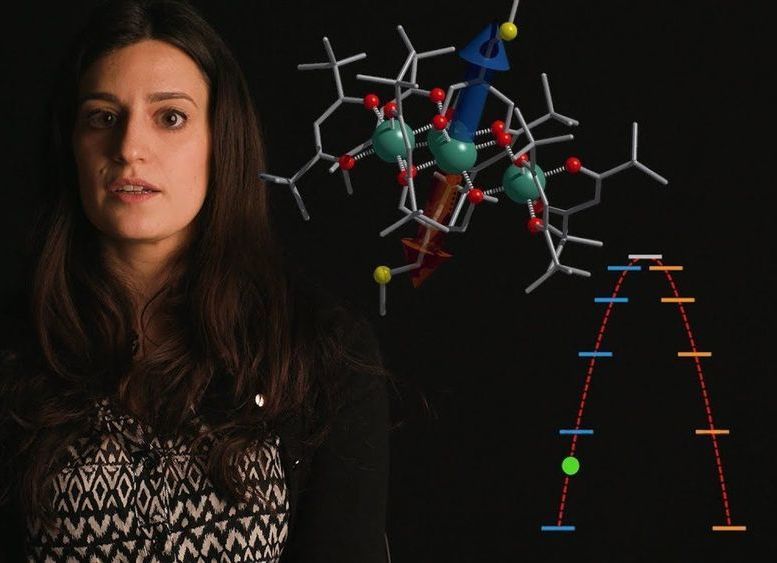

Novel phenomenon occurs due to quantum tunnelling and might be exploited in future quantum information technologies.
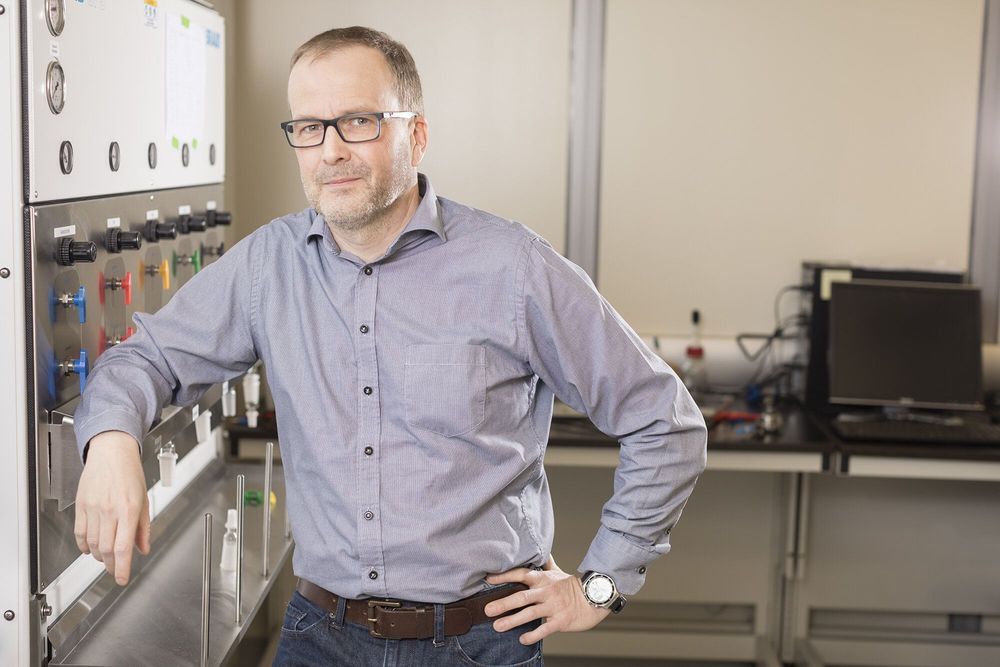
York University researchers have discovered a way to make Lithium-powered batteries more environmentally friendly while retaining performance, stability and storage capacity.
Lithium-ion batteries use toxic, heavy metals which can impact the environment when they are extracted from the ground and are difficult to dispose of safely. Cobalt is one of those heavy metals, used in battery electrodes. Part of the problem is that lithium and cobalt are not abundantly available, and supplies are dwindling.
Using organic materials are the way forward and that has scientists like Professor Thomas Baumgartner of the Faculty of Science and his team busy developing and testing new molecules to find the right ones to replace the rare metals currently in use.

Researchers have generated a wide range of colors from a single laser after discovering a new process for achieving so-called “supercontinuum generation.”
Supercontinuum generation is when intense laser light of one color travels within a material, like glass, and broadens into a spectrum of colors.
The effect lets scientists produce light at colors tailored to particular applications in sectors like bioimaging, optical communications and fundamental studies of materials.

Photonics experts at Heriot-Watt university are hailing a breakthrough in laser research.
They have come up with a new and relatively inexpensive way of creating a laser supercontinuum.
They hope it could eventually have applications in bio-imaging and optical communications.
Generation of a supercontinuum happens when intense laser light of a single colour travels through a material and then broadens into a spectrum of colours.

What I used to think was a basic suit for batman is anything but normal if it were true. It would cost about 1 million to make a real life one and the fabrics and materials might as well be alien because they are so exotic but look like fabric. If batman were real it would show how genius of science he truly is as his fabric technology is some of the most creative work any material scientist could ever dream of. Essentially it is like having a tank in a lightweight suit.
Happy Batman Day! DC Comics first created Batman Day for Batman’s 75th anniversary in 2014, and has continued to celebrate the Dark Knight on Sept. 23 each year since. While Harley Quinn has been trying to steal Batman’s thunder (happy 25th, Harls) this year, we still want to take a closer look at the guy who started it all.
A few years ago, MoneySupermarket.com put out an excellent infographic about the cost of being Batman. They used numbers based on The Dark Knight trilogy of films from Christopher Nolan, which means they were using modern technology (and values). But they only looked at base costs, not at ongoing numbers, and the base costs alone were astounding: $682 million just to become Batman. Based on those starting numbers, how much has Bruce Wayne spent on being Batman over the years? We’ll start with their numbers, and break it down based on the DC Comics sliding timeline; thanks to the New 52 reboot, where Bruce had been Batman for “about 7 years,” and assuming at least a year or two has passed since then, let’s go with nine years of Batman-ing.


Scientists believe they’ve made a concrete example of an unusual, theoretical form of ferromagnetism first described by a researcher more than 50 years ago.
Nagaoka ferromagnetism, named for the scientist who discovered it, Yosuke Nagaoka, is a special case of the same magnetic forces that make regular, refrigerator-type magnets work—ferro meaning iron, plus a few other metals that are naturally receptive to magnetism. Identifying it in real life—in this case using a quantum system of electrons—can help scientists understand how spontaneous ferromagnetism works.
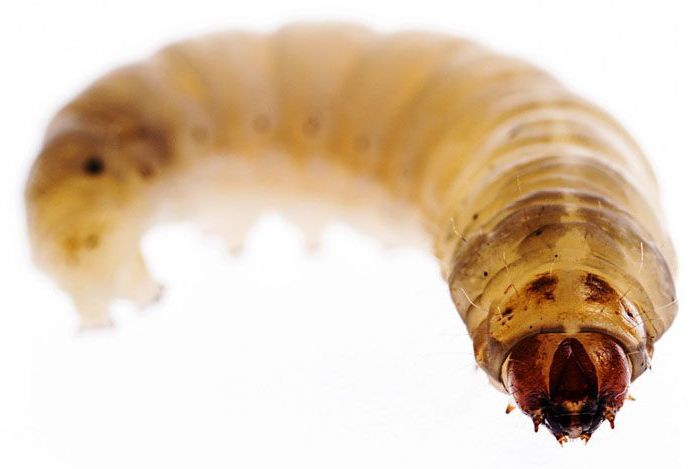
“The problem of plastic pollution is too large to simply throw worms and there is still a lot to do before we can parlay this work into making a meaningful contribution,” Cassone said. “Also, the larvae tend to eat less plastic with longer times on that type of diet. By understanding the process – why the breakdown of plastic occurs so rapidly in the waxworm—we can then begin to develop ways to really make a meaningful impact to plastic pollution.”
He continued: “Now that we know the microbiome plays a role, if we can better understand how the bacteria works together with the worm and what kind of conditions cause it to flourish, perhaps this information can be used to design better tools to eliminate plastics from our environment.”
Not all are convinced, however. Till Opatz, from the Department of Chemistry at the Johannes Gutenberg University, Germany, was critical of the initial findings that caterpillars digest plastic. At the time he and his colleagues said they disagreed with the methodology and conclusions reported, adding the study “does not provide sufficient proof” that G. mellonella can chemically destroy polyethylene.
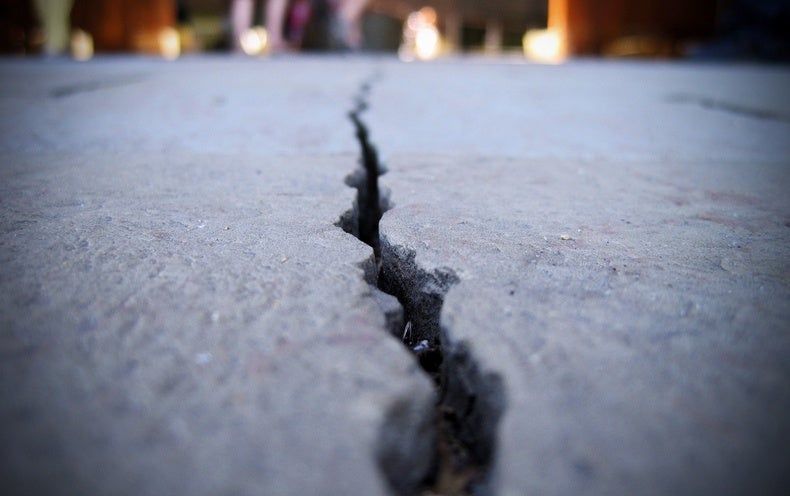
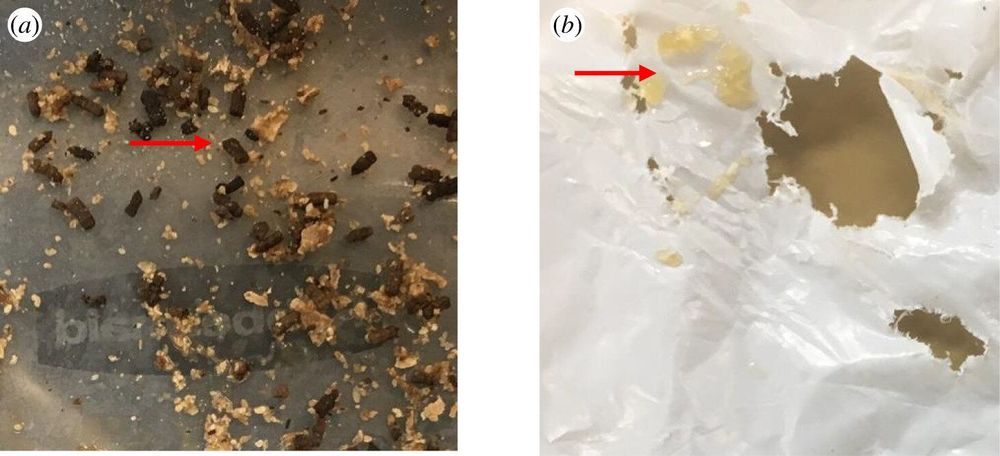
A team of researchers at Brandon University has found that greater wax moth caterpillar larvae are “plastivores” that are able to consume and metabolize polyethylene. In their paper published in Proceedings of the Royal Society B, the group describes their study of the caterpillars and what they learned about them and their gut microbiome.
Prior research has shown that plastics are becoming a major pollutant. In addition to piling up in landfills, they are also broken down into microplastics, which are polluting the world’s oceans. And while there have been some attempts to curb their use, they are still produced and used in abundance in many parts of the world. Thus, scientists have been searching for a way to force such materials to degrade faster—natural degradation takes approximately 100 years. In this new effort, the researchers studied wax moths and their larvae, which are known to invade beehives to eat the honeycombs inside.
The researchers with this new effort had learned of anecdotal evidence that the larvae, which exist as caterpillars, eat low-density polyethylene. To find out if this was true, they obtained multiple caterpillars and fed them a diet of plastic grocery bags. They found that 60 of the caterpillars were able to consume approximately 30 square centimeters of the plastic in a week. They also found that the caterpillars could survive for a week eating nothing but the plastic. The researchers also studied the gut microbiomes of several of the caterpillars and identified bacteria that were involved in digesting plastic. They also allowed some of the bacteria to feast on plastic outside of the caterpillar gut and found that some of them were able to survive for up to a year eating nothing but plastic.
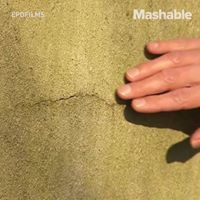
This concrete can heal itself, saving billions in construction costs.